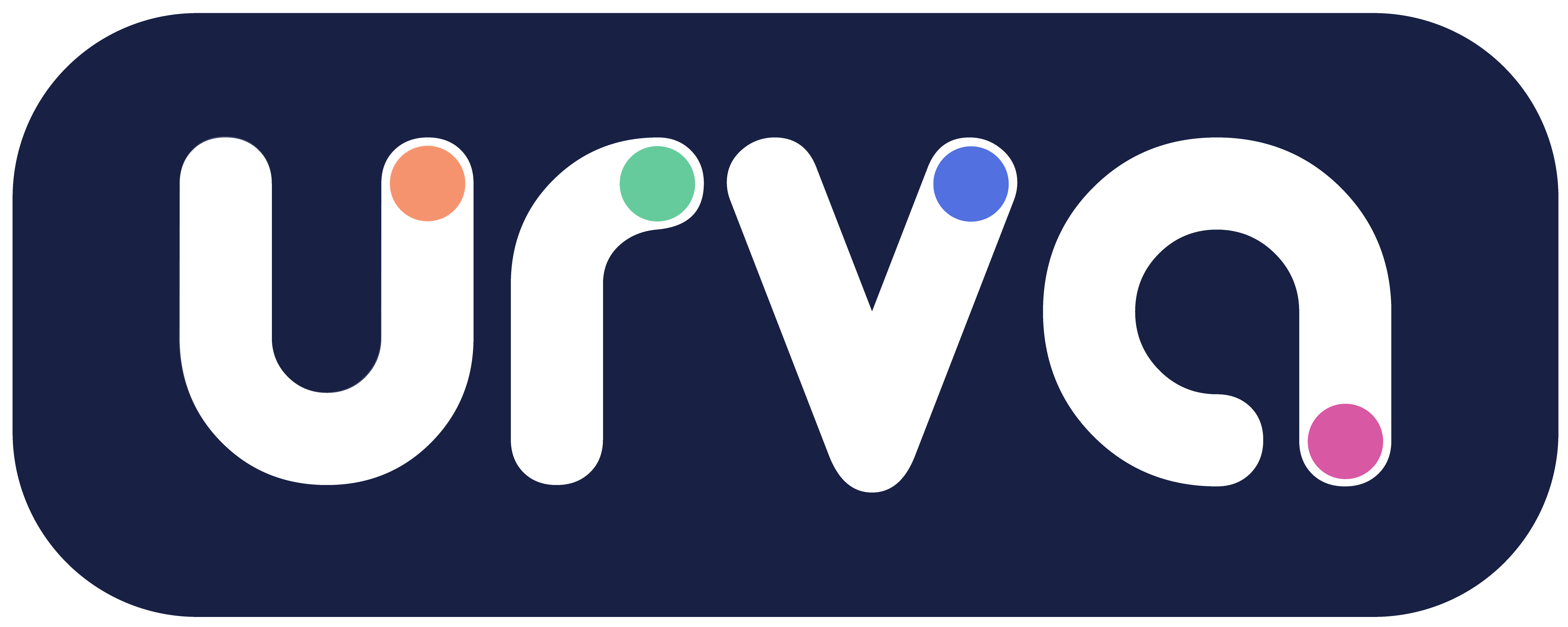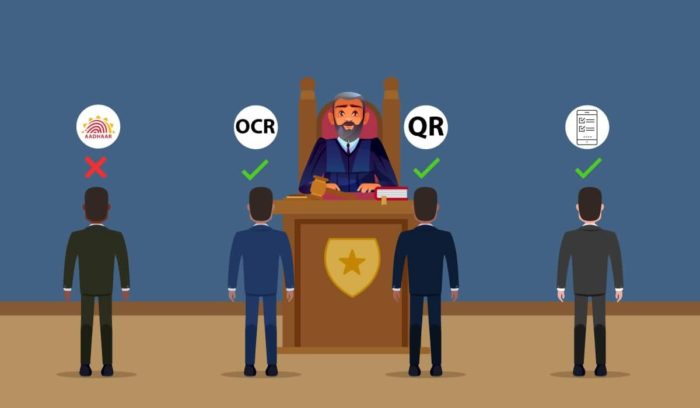The Supreme Court’s order on September 26 that barred private companies from using Aadhaar-based electronic know-your-customer (e-KYC) is finally taking its toll on the telcos. The Department of Telecommunications (DoT) on Friday, October 26 has also decided to restrict the use of a customer’s Aadhaar data for verification purposes in order to comply with the apex court’s ruling.
Due to the move, now the telecom companies will have to resort to the old time taking and costly physical methods for verifying a customer’s identity until they come up with an alternative method. For this, DoT has given the telcos a time till November 05 to abide by the ruling and submit their compliance confirmation.
There are certain commonly used eKYC methods that have their pros and cons.
Manual Digital Forms

In this method, the organization representative who visits the customer’s address for verification does not need to carry a manual form with him. He can perform all the verification tasks easily on his mobile phone or a tablet by filling in the information in digital format. He can also capture photos of the identity proofs. The information filled in the form gets synced automatically in real-time. In case of any changes, the filled information can also be edited in future.
QR Code Scanning

The QR code on the ID proof of a customer is a machine readable information that includes basic details of a customer like his name, date of birth, address and photos. The company representative visits the customer’s address to scan the code from the identity proof. All the data gets filled automatically and there is no need to fill it manually. However, if any data gets left out, the representative can fill that later on. This method however, is limited to identity cards with QR codes which are available only in some cases
OCR Code Scanning

The OCR code scanning method is quite similar to the QR code method. The organization representative scans the code by visiting a customer’s address to get the information filled in automatically. There are very few applications that offer this feature and FeetPort is one of those. Both the QR code and OCR code scanning methods are quite cost effective when compared with the other methods. The major benefit of OCR over QR code is that it works on almost all kinds of identity cards – not only the ones with QR.
FeetPort – Your Alternative to Aadhaar eKYC
To help the telcos and other private firms handle the current situation, FeetPort has come up with a simple solution that enables authentication and verification of a customer. The procedure that it offers streamlines the whole eKYC process.
• Firstly, FeetPort converts the verification hard copy format into a digital format.

• The customers who apply for a service, their details get uploaded through its web console.

• The FeetPort application enables the allocation of data to the company representative whose verification is to be done.
• The representative makes a visit to the customer’s address to start the verification process. The application also captures the visit location.

• There are different methods available for the company representative for entering the customer’s information – the manual method or using the OCR code and QR code facility available in the FeetPort application to automatically enter the information the form.


• The documents of the customer, his photos and his signature are taken for authentication proof in FeetPort.

• Finally, a digital Customer Acquisition Form (CAF) is created that is sent for verification to the web user.
Integration with DigiLocker

FeetPort has also shaken hands with DigiLocker to further streamline and ease off the customer identification and verification process. The verification process done through DigiLocker on the FeetPort mobile & web platform is quite easy and a perfect alternative for Aadhaar based eKYC. Now a customer can showcase all his identity proof documents easily through DigiLocker within the FeetPort application itself. This will save a lot of time and avoid the hassles of carrying the documents in physical form.
All a customer needs to do is open the FeetPort application on his smartphone and all his identity proof documents will be right in front of him. Read more about FeetPort’s integration with DigiLocker here.

